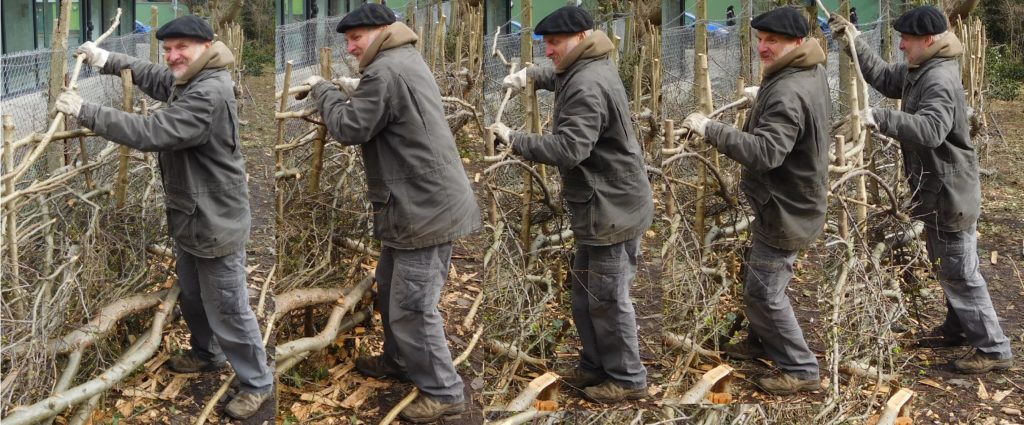
All posts by Ian Alexander
Snow on Acton Green

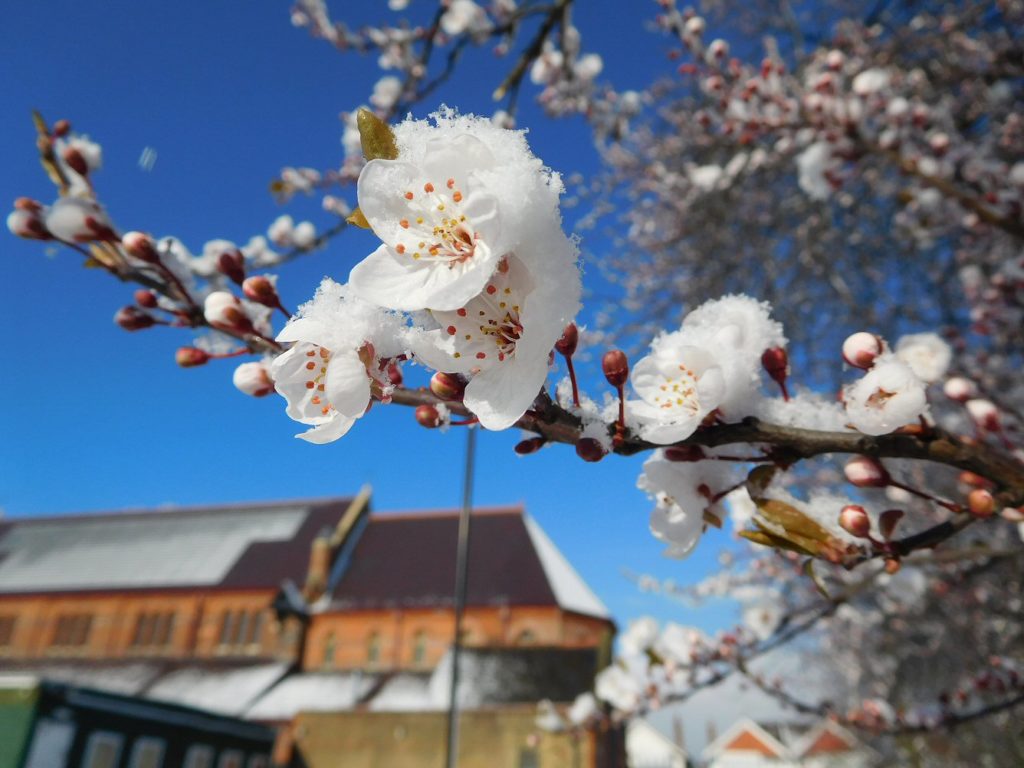
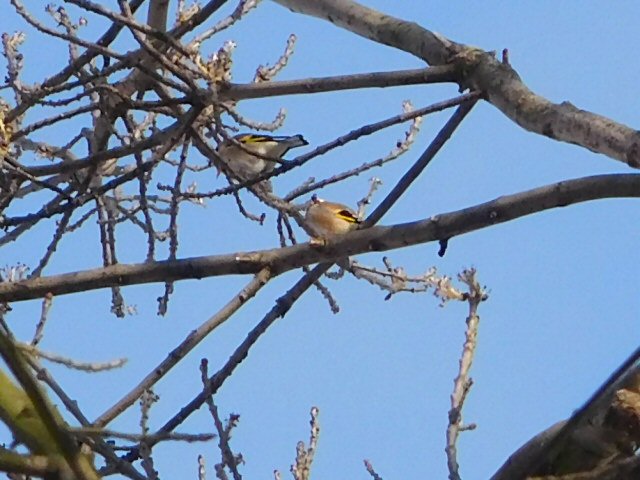
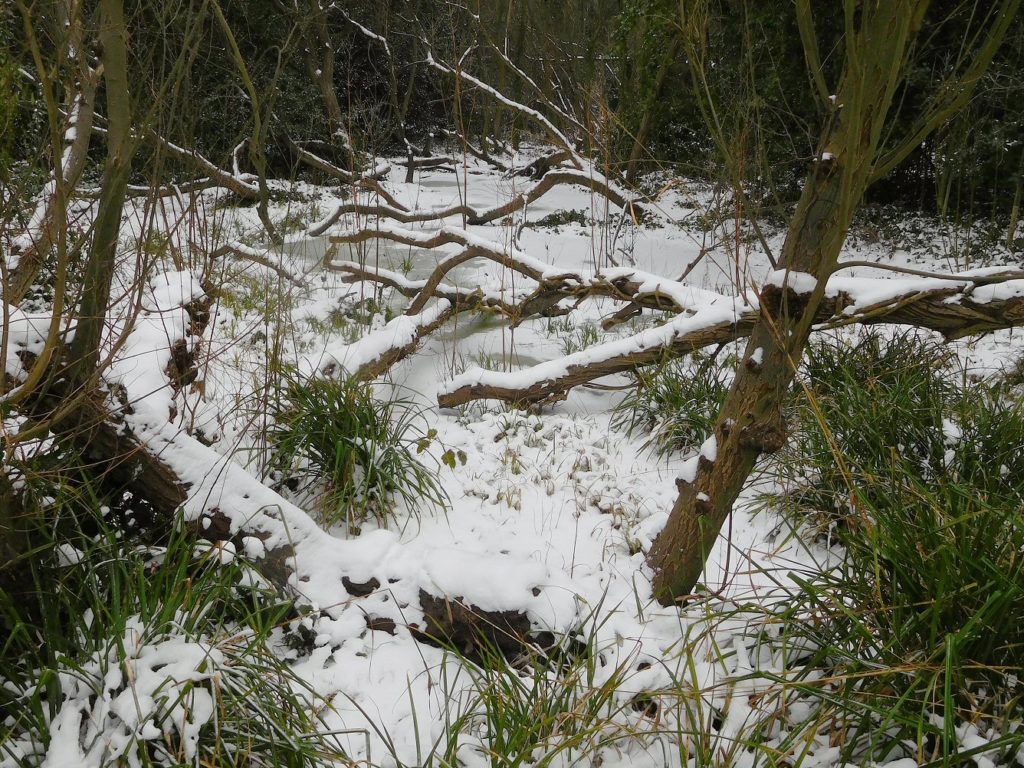
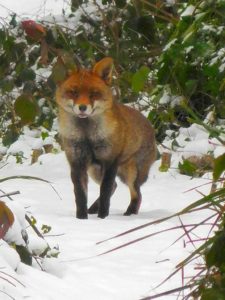
Spring Crocuses!
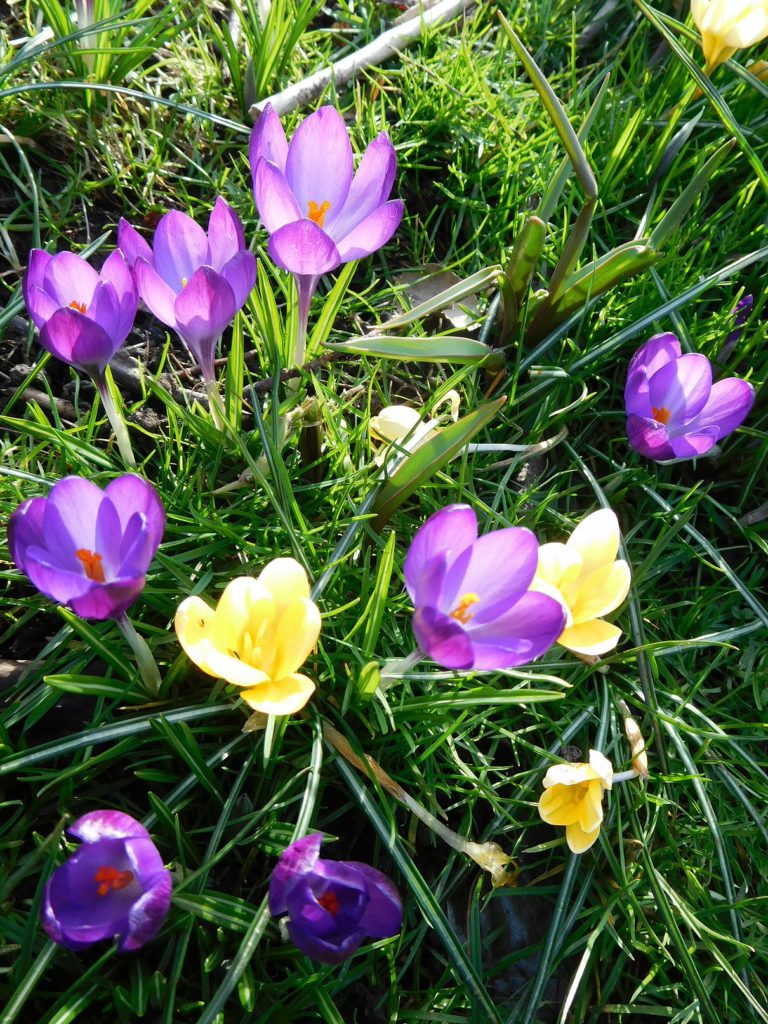
Hedgehog Day!
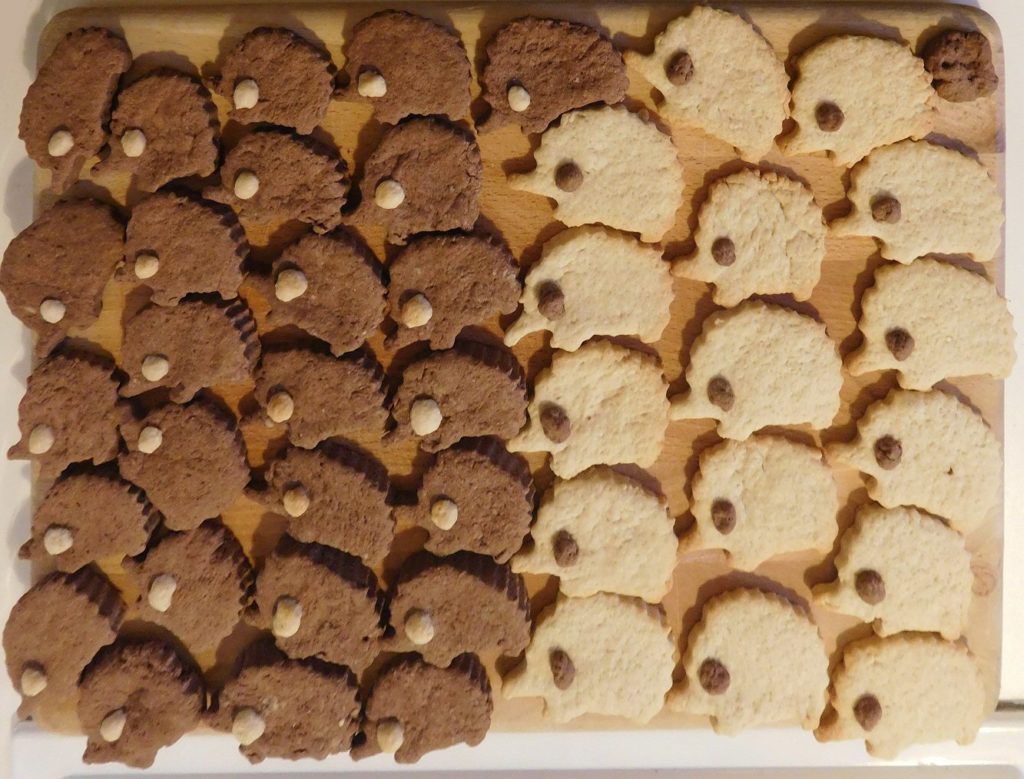
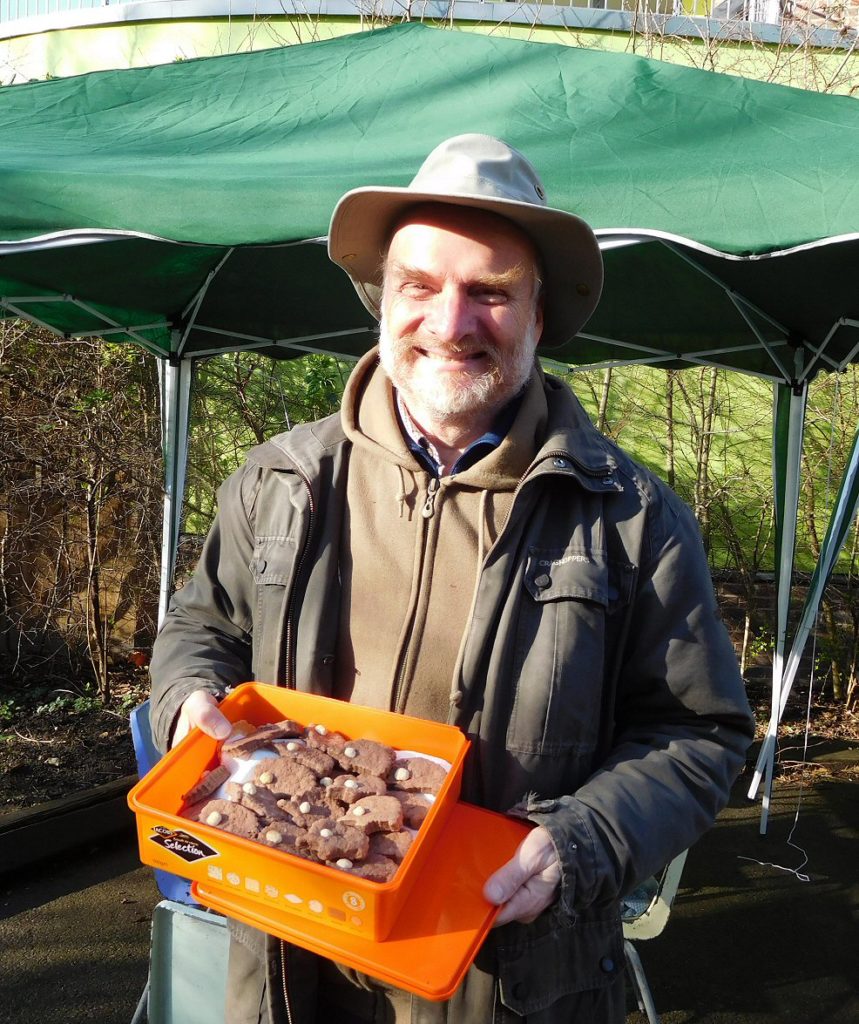
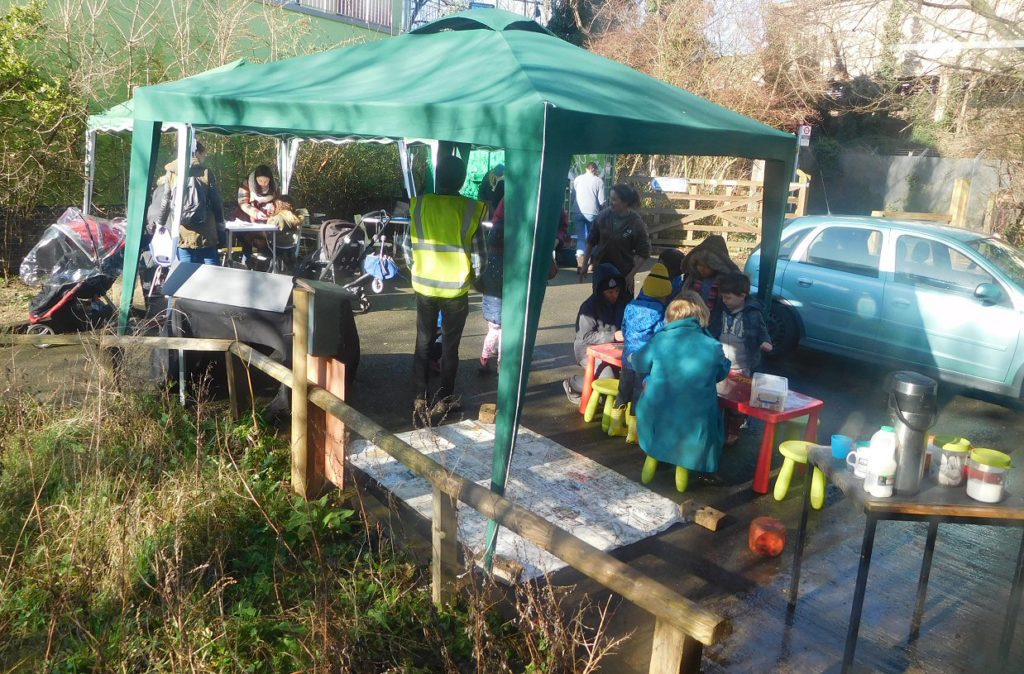
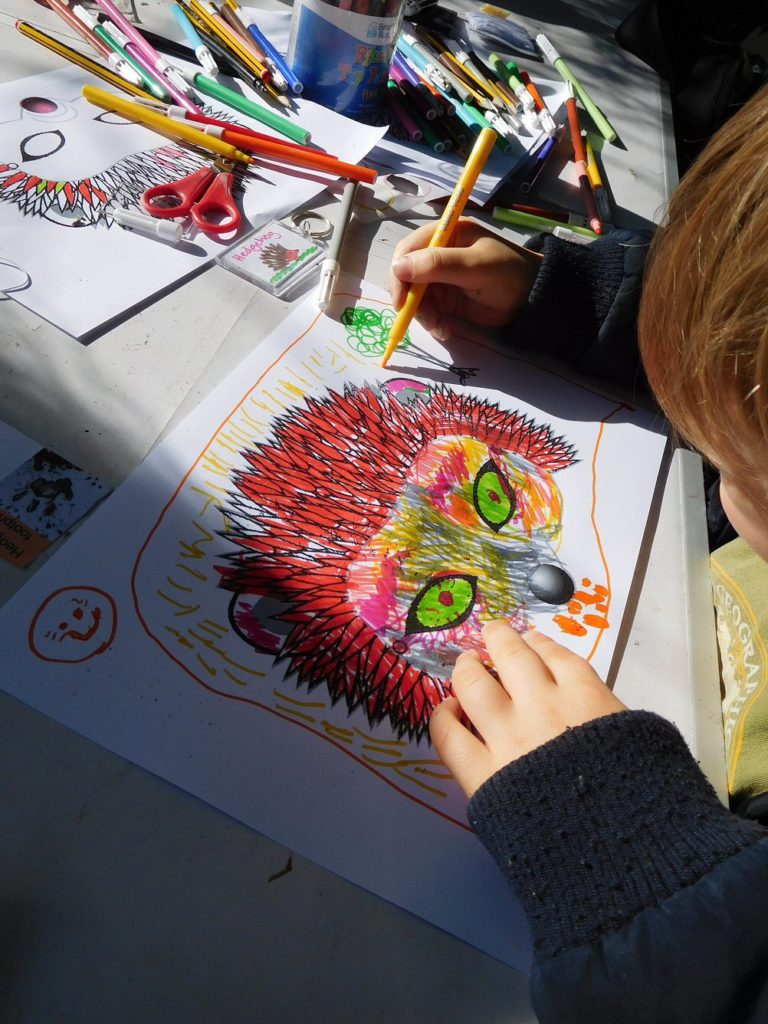
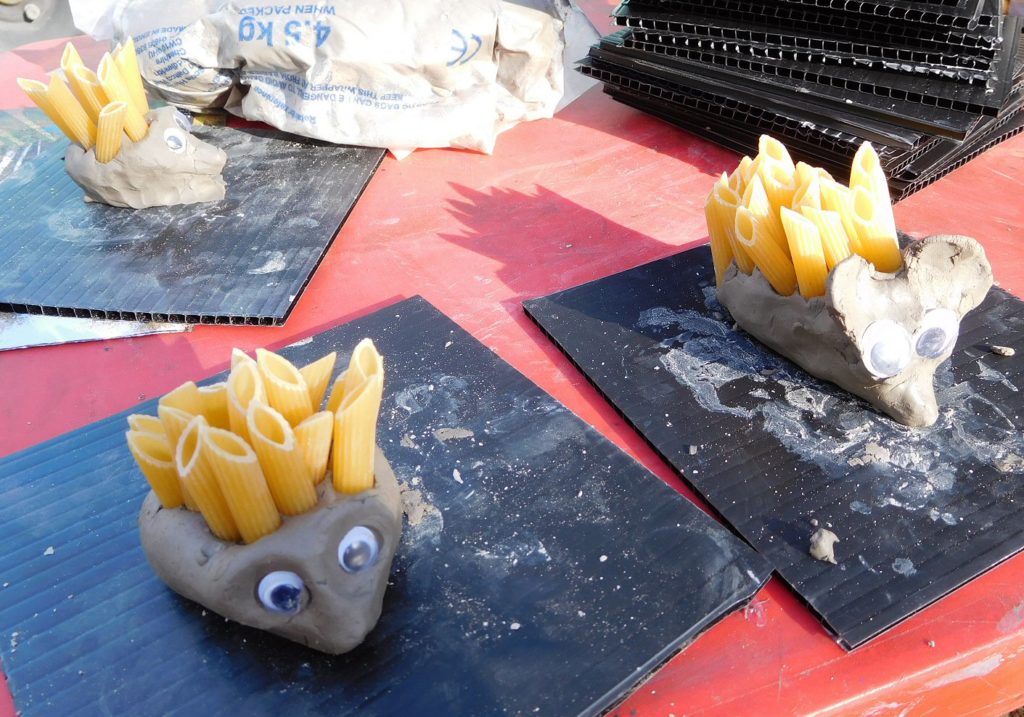
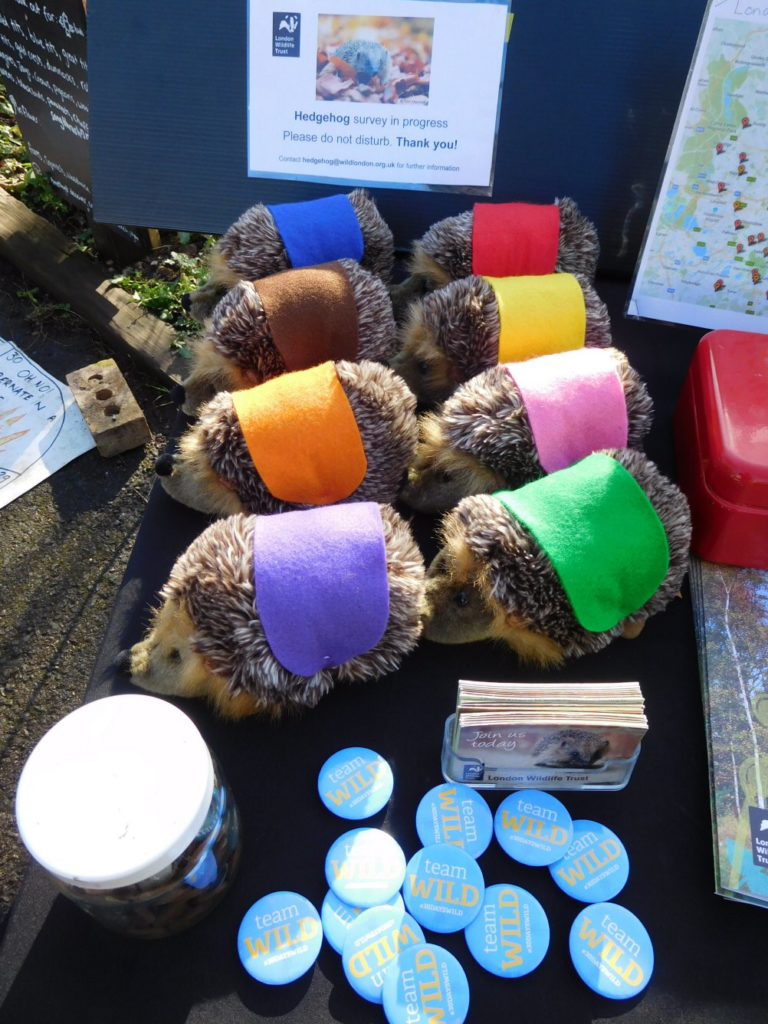
A sunny winter’s day at Wraysbury
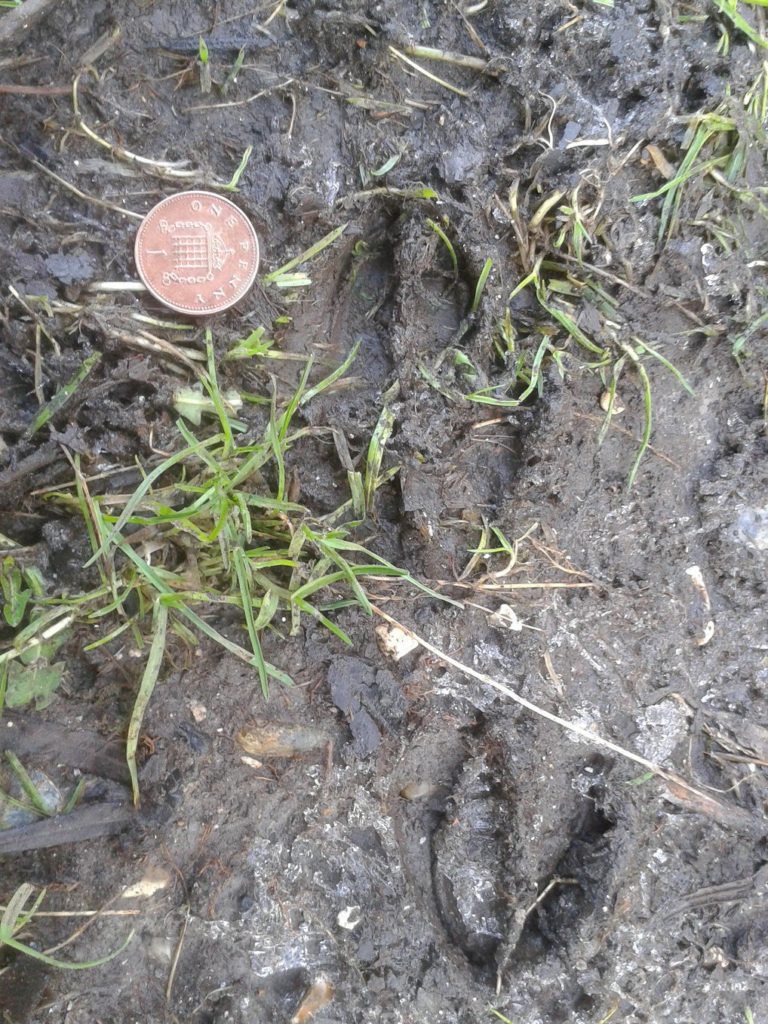
I arrived at Wraysbury with nobody else about, the morning crisp and cold but lovely in the sunshine with no wind.
A dozen Goldeneye were calling their strange growling and trumpeting song, the males chasing about and displaying, throwing their heads back to call and signal. One or two females looked on, from a little distance.
A few Pochard and Great Crested Grebes made up most of the rest of the lake birds, apart from Tufted Ducks and a Black-Headed Gull or two.
The path had been trodden by Muntjac, large and small, not much earlier.
A Song Thrush sang, still a little hesitantly: it’s still Winter.
A small party of Redwings fluttered about in the bushes.
Over Hythe End, a pair of Red Kites circled and drifted along. A Pied Wagtail, the Chiswick bird (which is how its call sounds) sat on a gable end as I ended my walk.
Excited by Lesser Redpolls, no, really
Lesser Redpoll – it certainly sounds unexciting. Lesser Spotted LBB (that’s Little Brown Bird). Small, drab, featureless. Weather freezing cold, wet and windy. Probably nothing bigger and better to look at.
Only that was the opposite of the truth. I had gone to see the Redpolls. On purpose. And after walking all around the place and spending a bit of time in the surprisingly pleasant January sunshine, looking at large and colourful waterfowl – Shoveler, Wigeon, Shelduck – and even a boldly marked Greater Spotted Woodpecker, risking a visit to a feeder, I was really pleased to see a treeful of LBBs.
No, I’m not a twitcher. Professional tick-hunters would barely notice such an unexceptional species, mainly a migrant to Britain, found in good numbers every winter, plentiful up in Scotland, and they’d certainly not drive hundreds of miles to see one, as they might for a real rarity. I’d not go on a twitch to see anything, but if others want to, that’s just fine with me. It takes all sorts to make a world, and it’s fantastic to think that almost every part of these islands is so perfectly watched for rarities that for a century or more, hardly a scarce passage migrant has escaped someone’s keen eyes.
No, not a rarity. But a delight in the city. I was standing a discreet distance from a little clump of Birch trees. They were covered in short, dark catkins, silhouetted against the sky. And in the graceful, leafless tree were several small brown blobs. In my telescope, these resolved themselves into small brown birds. Or rather, they were pretty much brown on top, pale buff below, with tiny black bibs under their small bills, streaked flanks, formed tails, and reasonably distinct pale wingbars. Dark legs. That made them the local subspecies, Carduelis flammea cabaret, the ‘Lesser Redpoll’ as birders used to call it. Birds from the north of Scandinavia would be larger and paler; the rare vagrant Arctic Redpoll would also have a white rump. No, these were just ordinary Redpolls, down from the north of Britain, or across the North Sea from southern Scandinavia or central Europe. Yet, what a fine sight. Relaxed and agile little birds, not troubled by humans, used to being in the chilly wilds of birch, alder and larch, out on the mountains. And here they were, enjoying a quiet warm day, free of snow and icy blasts, happily stripping the birch catkins for tiny morsels of food, comfortable at all angles, right way up or upside-down. A little piece of true wildness in the busy city.
